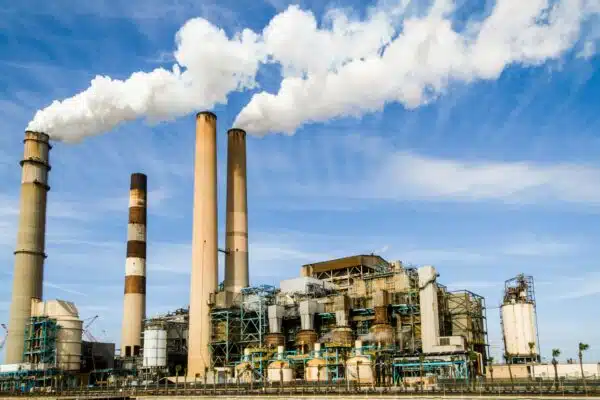EN15804 Modules Explained
The EN15804 is the most widely used global reporting standard in the field of Environmental Product Declarations (EPDs) in the construction industry. By providing the categories under which construction projects must be assessed, understanding this standard is essential for the production of any rigorous and verifiable EPD, Life Cycle Impact Assessment (LCA) and Inventories (LCI).
The ‘EN15804:2012 + A2:2019’ update overhauled the existing standards and introduced a range of significant changes. This includes the addition of new impact categories, requirements for biogenic carbon and storage and mandatory end of life reporting. These changes to the standard became compulsory from July 2022.
In this article, we will give an overview of the life cycle modules according to the EN15804 standard. Translating how these refer to each stage of a construction LCA and what must be considered in different types of LCA

Modules A1-A3 (Product Stage)
The product stage contains the provision of all materials, products and energy, as well as waste processing up to the end-of-site waste or disposal of final residues during the product stage.
- A1: Raw material supply, including processing of secondary material input.
- A2: Transport of raw material and secondary material to the manufacturer.
- A3: Manufacture of the construction products, and all upstream processes from cradle to gate.
Modules A4-A5 (Construction Stage)
The construction stage details all impacts related to the transport to the building site and on-site activities related to installation, this includes any waste produced and the disposal of said waste.
- A4: Transport to the building site.
- A5: Installation into the building.
Modules B1-B7 (Use Stage)
In the use stage all impacts related to the use of the building over the entire life cycle of the project should be captured. This includes provisions for the transport of all materials as well as the energy and water impact associated with building use.
- B1: Use or application of the installed product.
- B2: Maintenance.
- B3: Repair.
- B4: Replacement.
- B5: Refurbishment.
- B6: Operational energy use.
- B7: Operational water use.
Modules C1-C4 (End of Life Stage)
The end of life stage accounts for the deconstruction and demolition of the construction project and includes the impacts of transport to waste processing sites and the disposal of said waste. This encourages design teams to consider the environmental impact at the end of the life cycle early in the design process, and the use of recyclable/reusable materials to minimise this stage.
- C1: De-construction and demolition.
- C2: Transport to waste processing facilities.
- C3: Waste processing for reuse, recovery and/or recycling.
- C4: Waste disposal.
Modules D (Net Benefits and Loads)
Module D was introduced in the EN15804+A2 2019 update to cover the net benefits and loads arising from the reuse of products or the recycling or recovery of energy from waste materials resulting from the construction stage, the use stage and the end of life stage. Results including Module D are often referred to as taking a “Cradle-to-Cradle” approach.
More Information
If you are interested in conducting an EPD or would like to know more about the services Circular Ecology can provide in this area, please reach out to us directly here.
Webinar Recap: ICE Insights: Methodological Challenges Behind the Scenes
Circular Ecology hosted the fourth webinar in the ICE Database Insights webinar mini series on [...]
Jun
DESNZ (Defra) 2025 GHG Emissions Factors Released
The UK Department for Energy Security and Net Zero (DESNZ) have just released the 2025 [...]
Jun
Webinar Recap: ICE Insights: Are All EPDs Created Equal?
On Thursday, 22nd May, Circular Ecology hosted the third instalment in the ICE Database Insights [...]
May
Webinar Recap: ICE Insights: ICE Analytical Review Processes
On Wednesday, April 30th, Circular Ecology hosted the second session of our ICE Database Insights [...]
Apr




